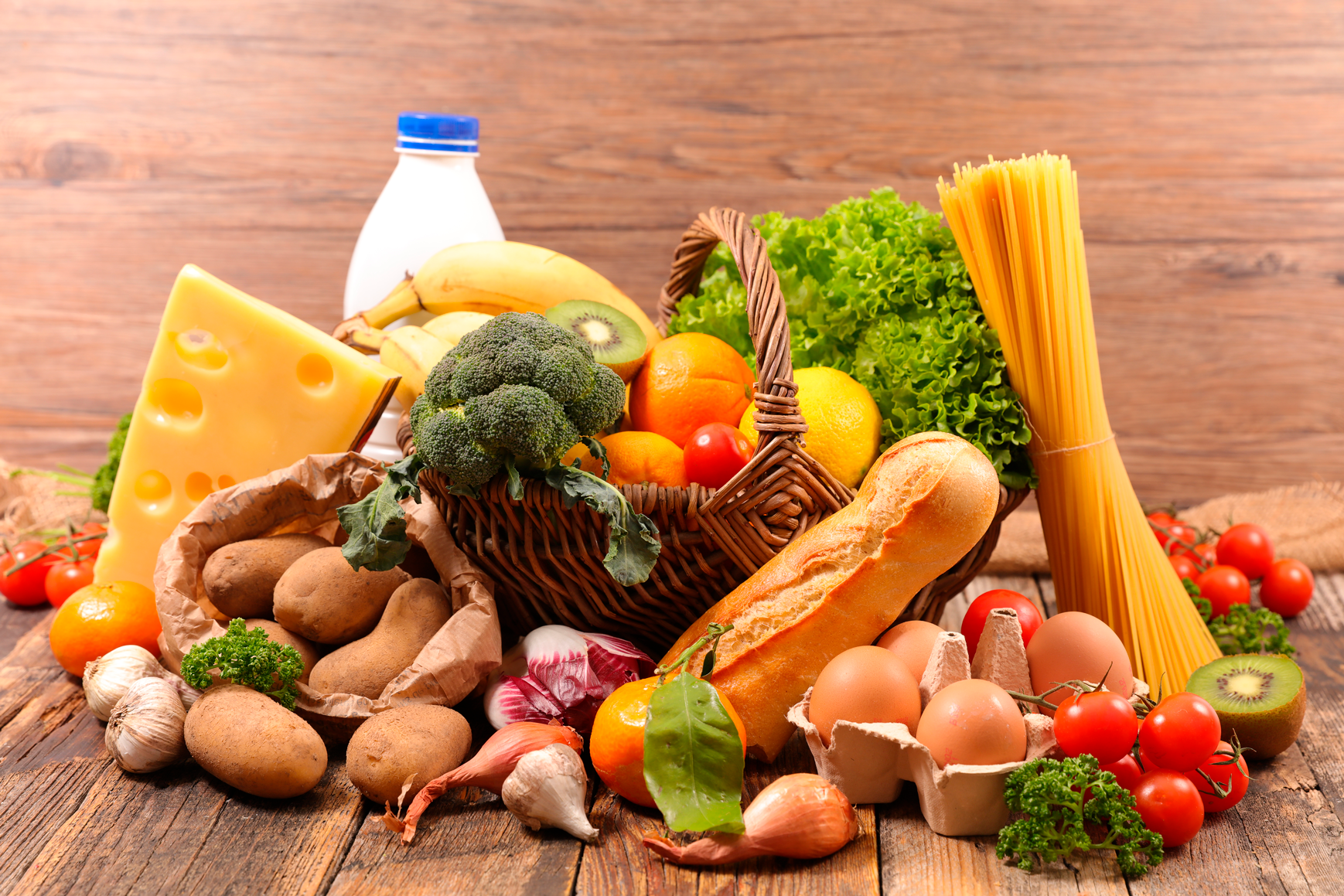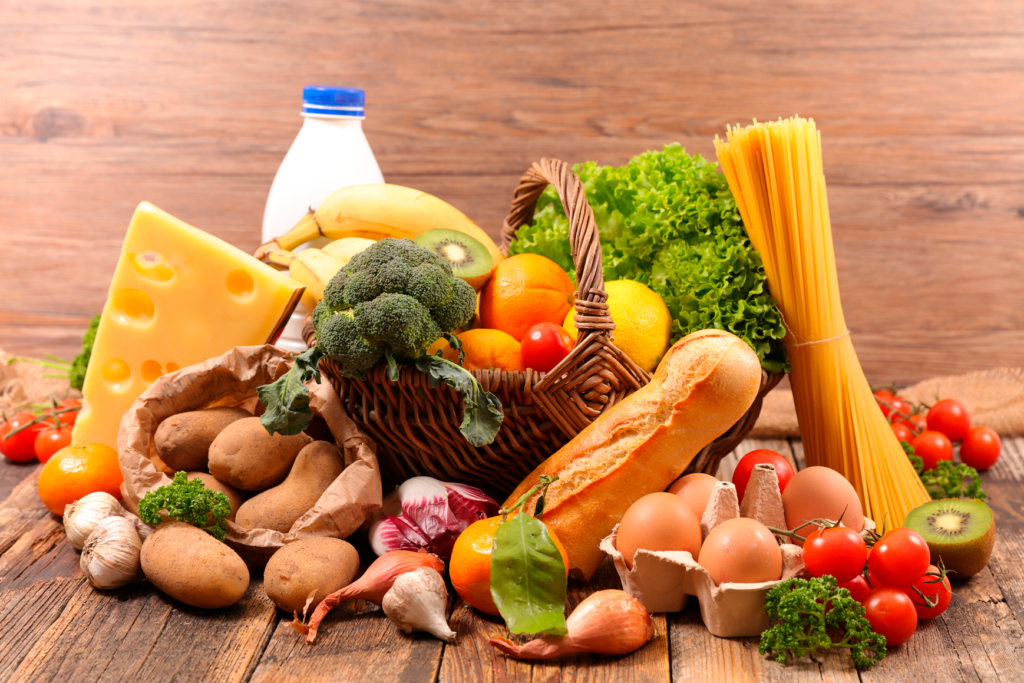
Image: Adobe Stock
The United Nations food agency's world price index rose in April for the first time in a year, but is still about 20% below the record reached in March 2022, following Russia's invasion of Ukraine.
The Food and Agriculture Organization (FAO) price index, which tracks the most traded food commodities globally, averaged 127.2 points last month, compared to 126.5 in March, the agency said on Friday. The March reading had originally been given as 126.9.
{module Form RD}
The Rome-based FAO said April's increase reflected higher prices for sugar, meat and rice, which offset falls in price indices for cereals, dairy products and vegetable oils.
“As economies recover from significant downturns, demand will increase, putting upward pressure on food prices,” said FAO chief economist Maximo Torero.
The sugar price index rose 17.6% from March, reaching its highest level since October 2011. The FAO said the increase was related to concerns over tighter supply following downward revisions to production forecasts for India and China, along with previously lower-than-expected productions in Thailand and the European Union.
The meat index rose 1.3% from the previous month, while dairy prices fell 1.7%, vegetable oils fell 1.3% and cereals fell 1.7%, with a decline in world prices for all main grains surpassing the rise of rice.
“The rise in rice prices is extremely worrying and it is essential that the Black Sea initiative is renewed to avoid further spikes in wheat and corn,” Torero said, referring to an agreement to allow the export of Ukrainian grain via the Black Sea. .
In a separate report on cereal supply and demand, the FAO forecast global wheat production in 2023 at 785 million tonnes, slightly below 2022 levels but still the second-highest production on record.
“(The) 2023/24 outlook for rice production along and south of the equator is mixed, largely due to the regionally varying impact of the La Niña event,” FAO said.
The FAO raised its forecast for world cereal production in 2022 to 2.785 billion tonnes from the previous 2.777 billion, just 1.0% below the previous year.
Global cereal use in 2022/23 was estimated at 2.780 billion tonnes, FAO said, a drop of 0.7% compared to 2021/22. World cereal stocks by the end of the 2022/2023 season are expected to decline by 0.2% from initial levels to 855 million tonnes.
Source: Notícias Agrícolas













